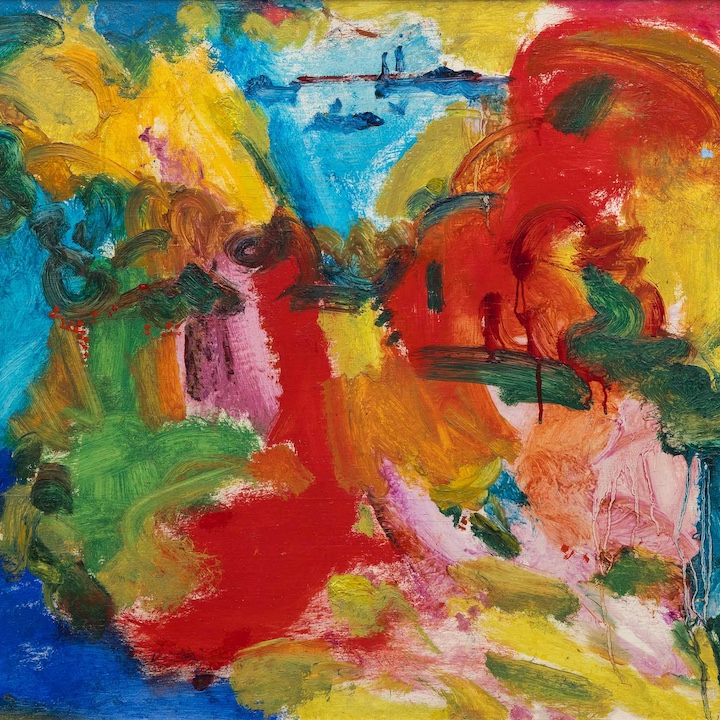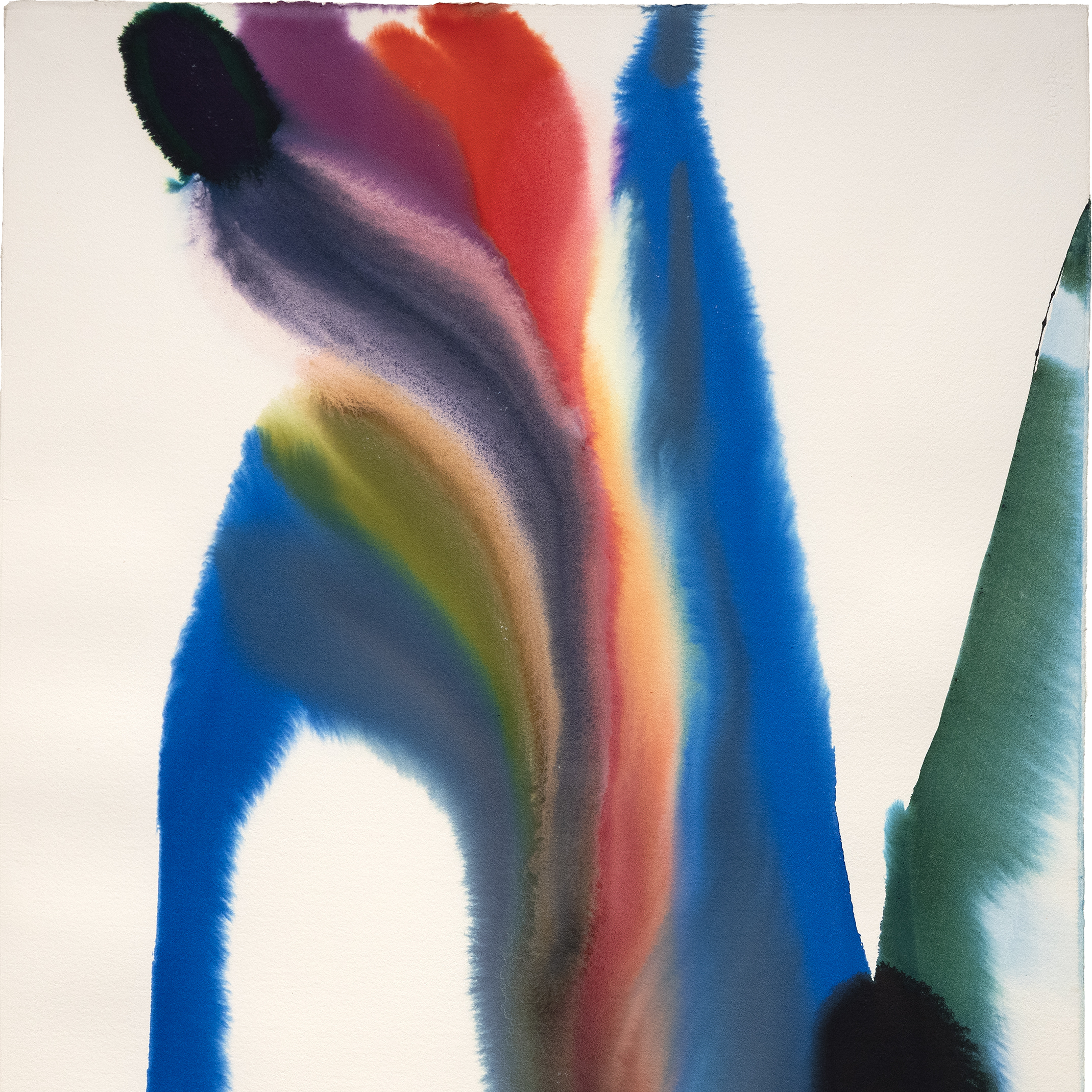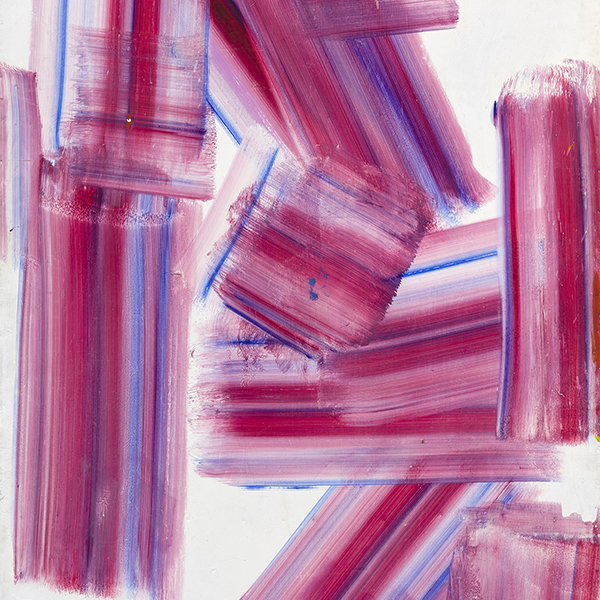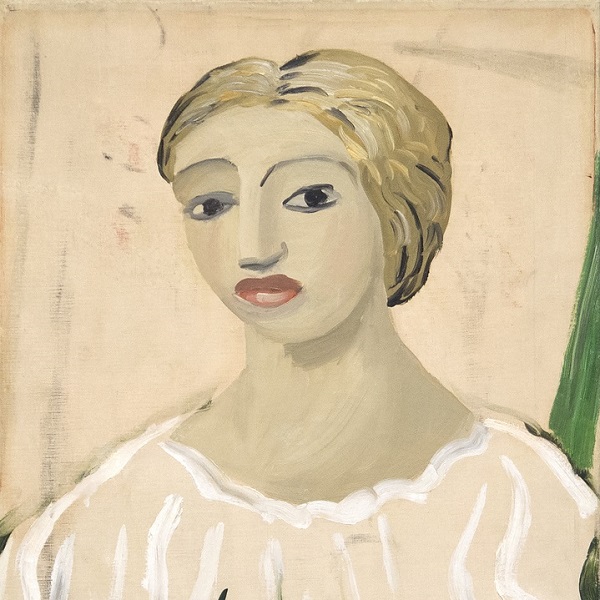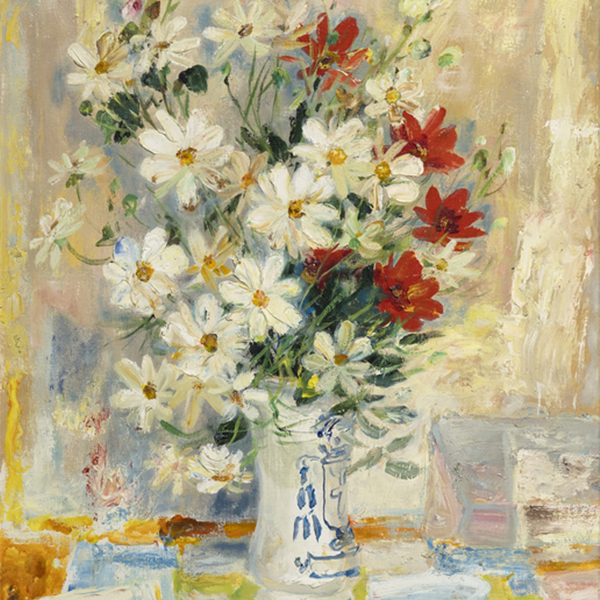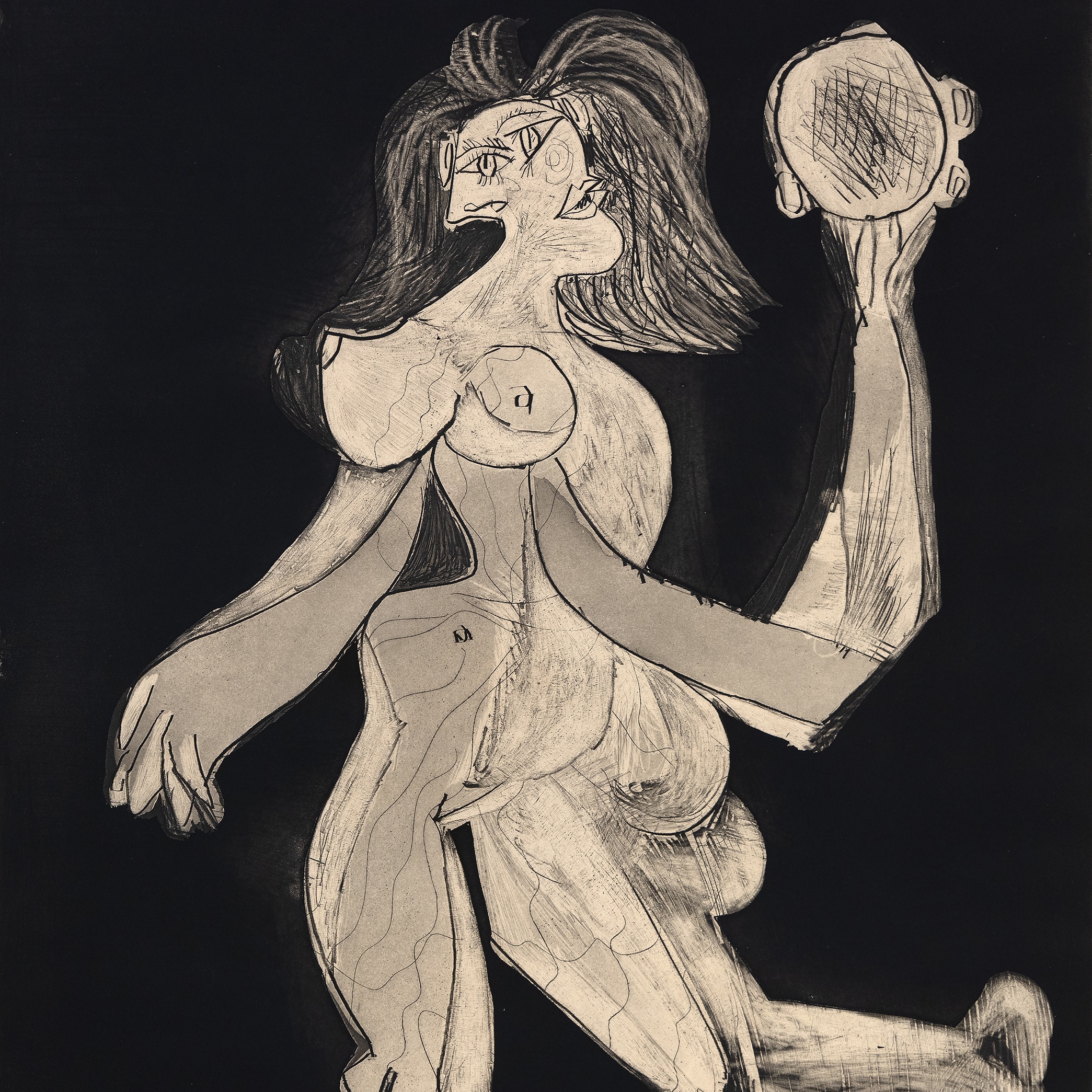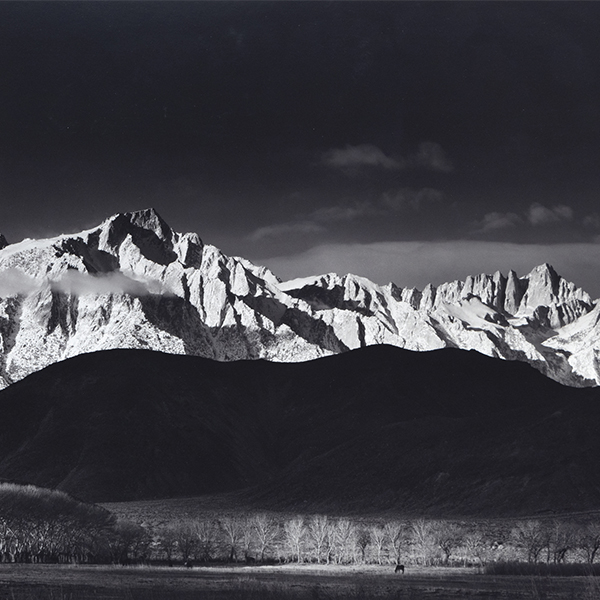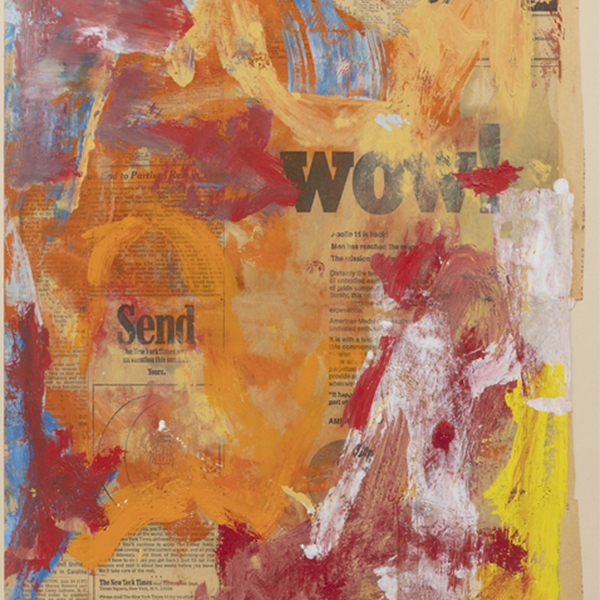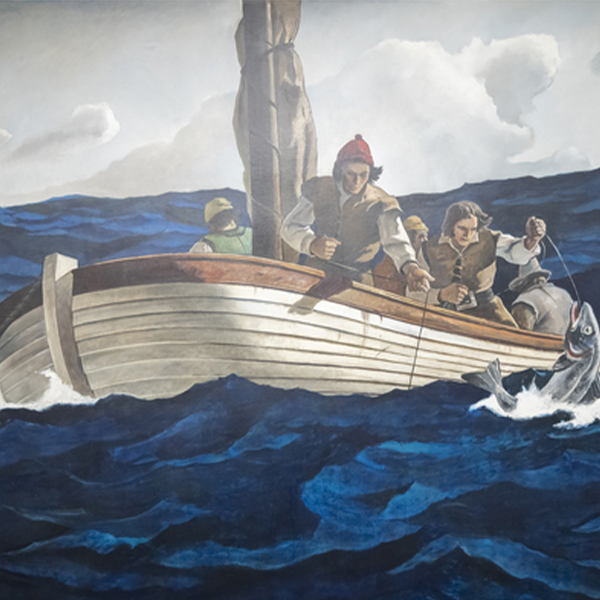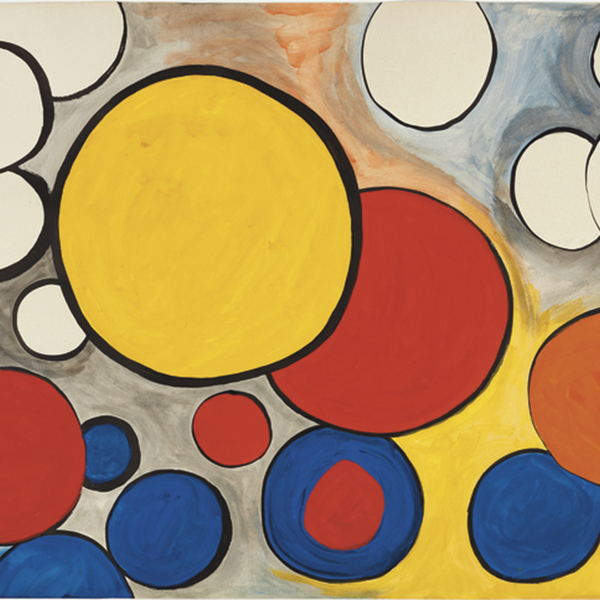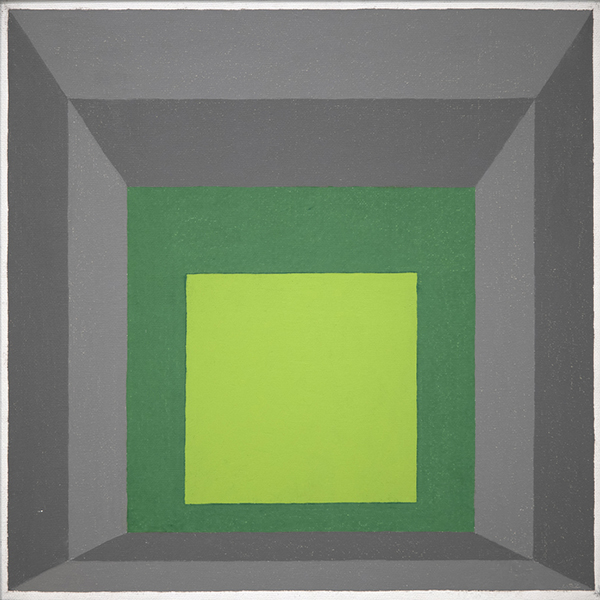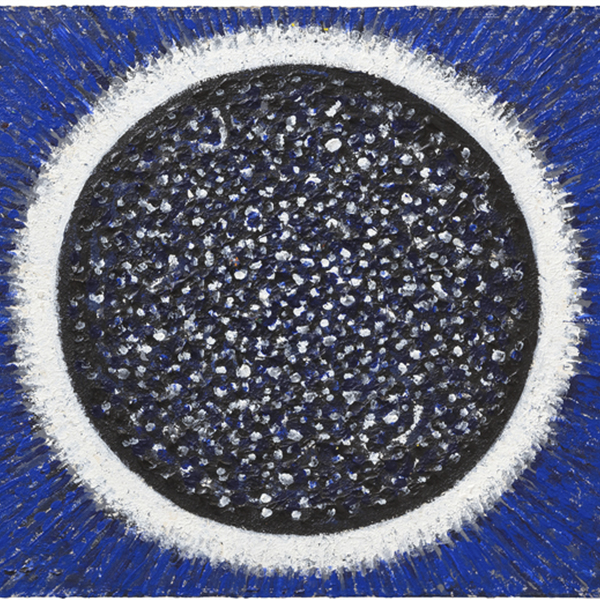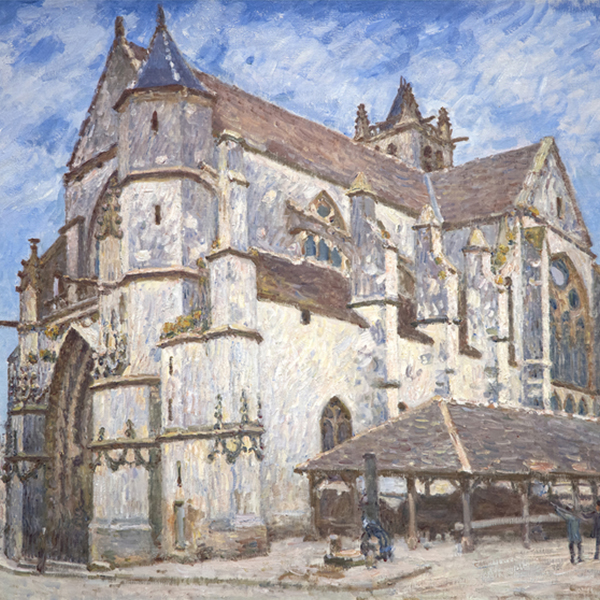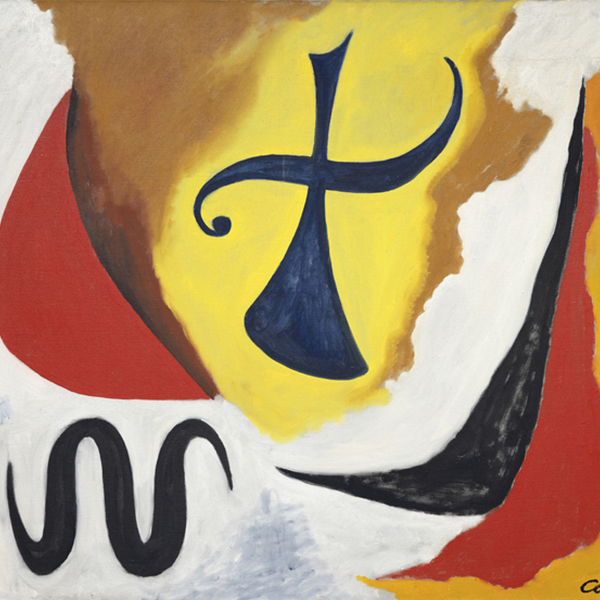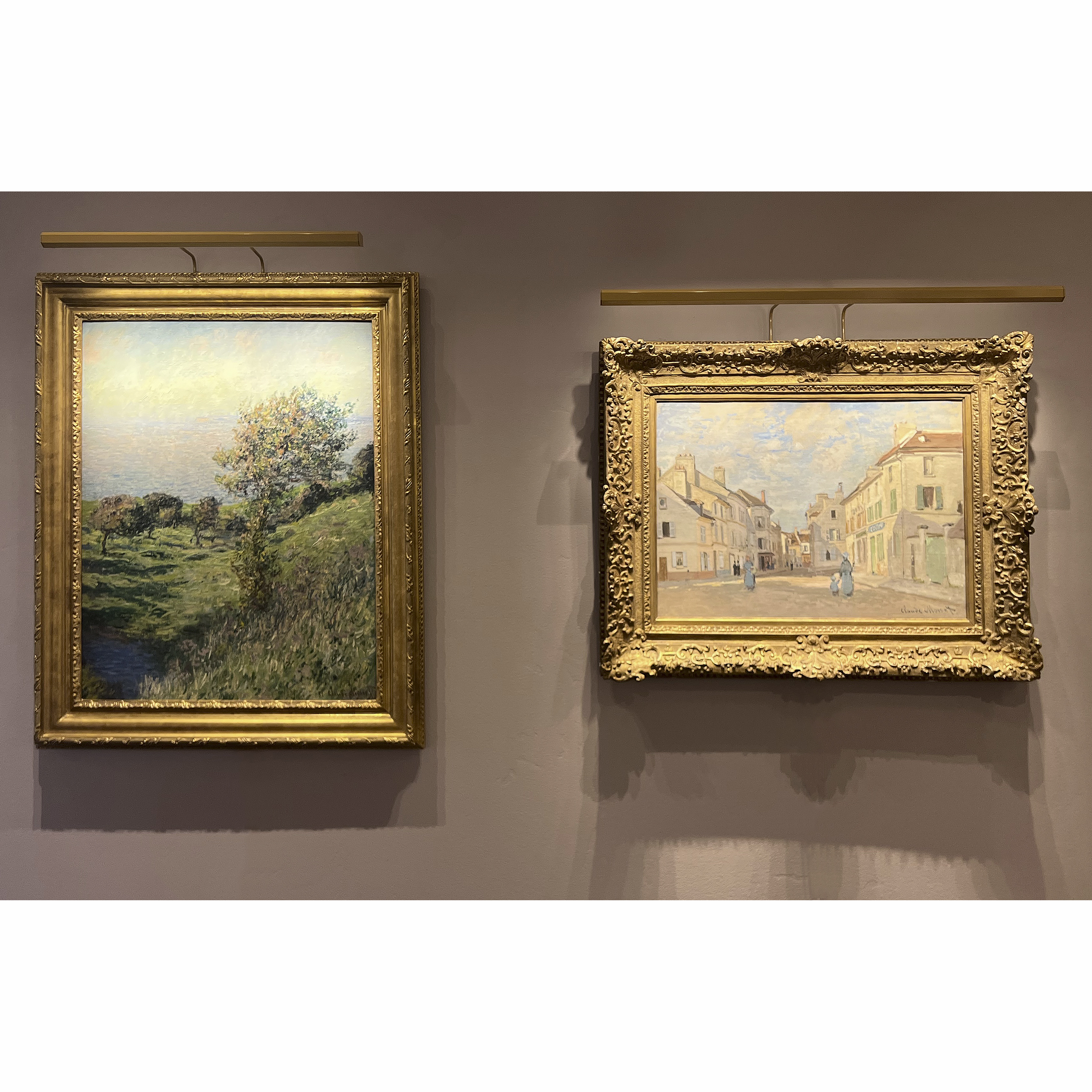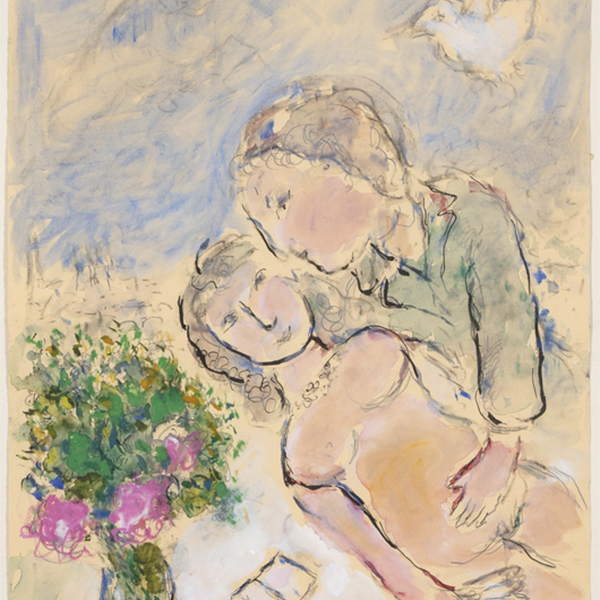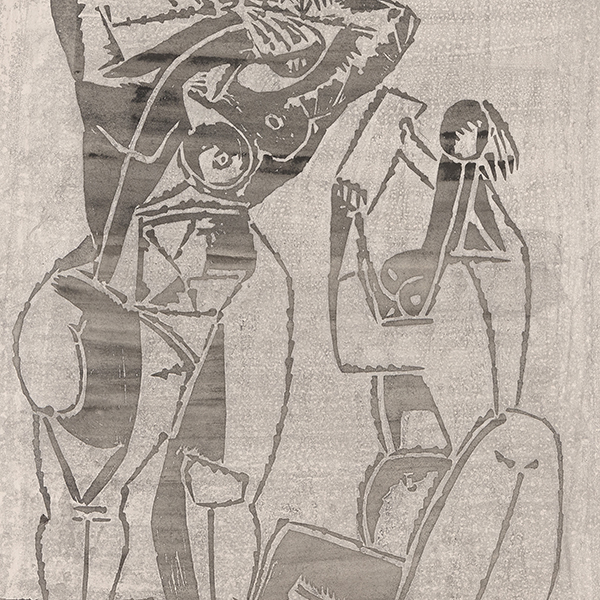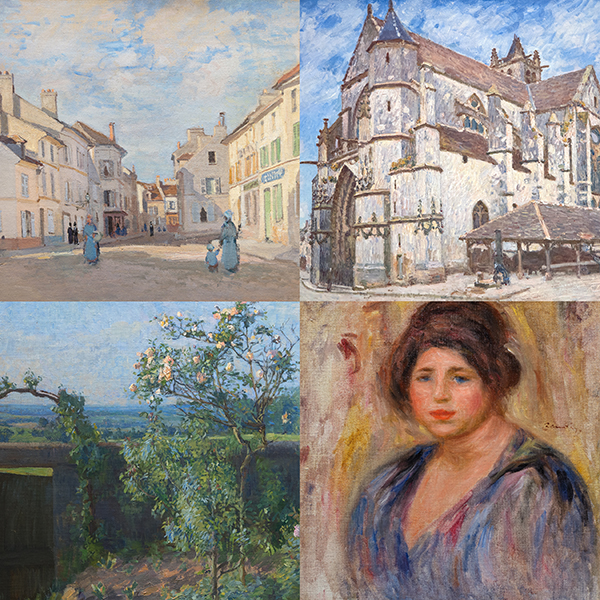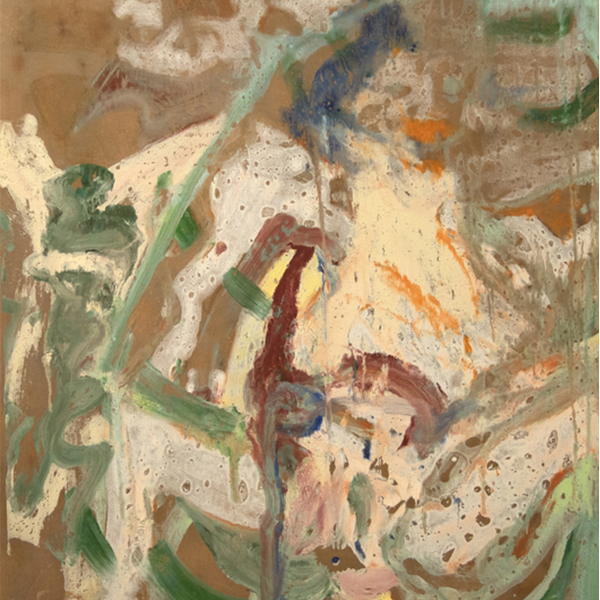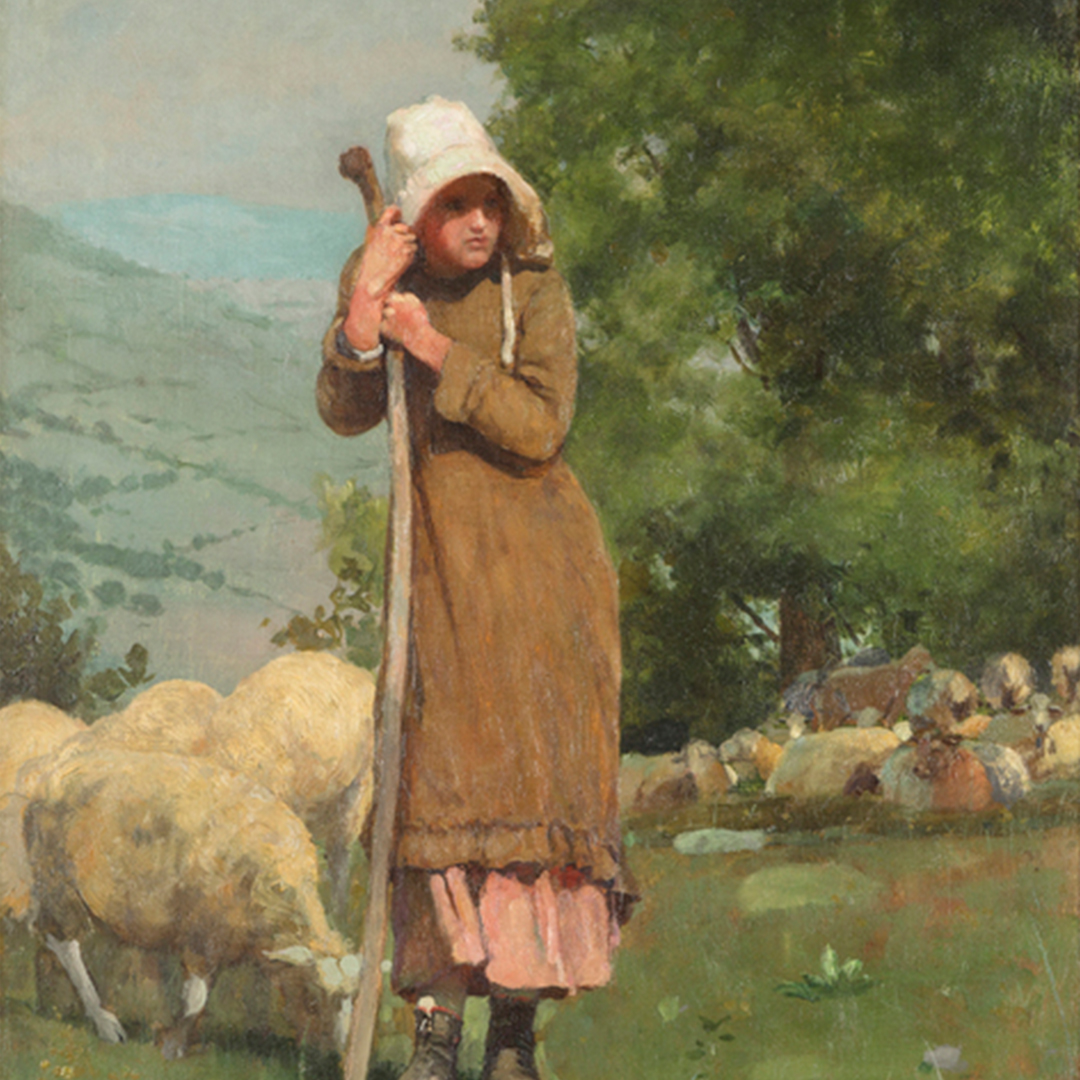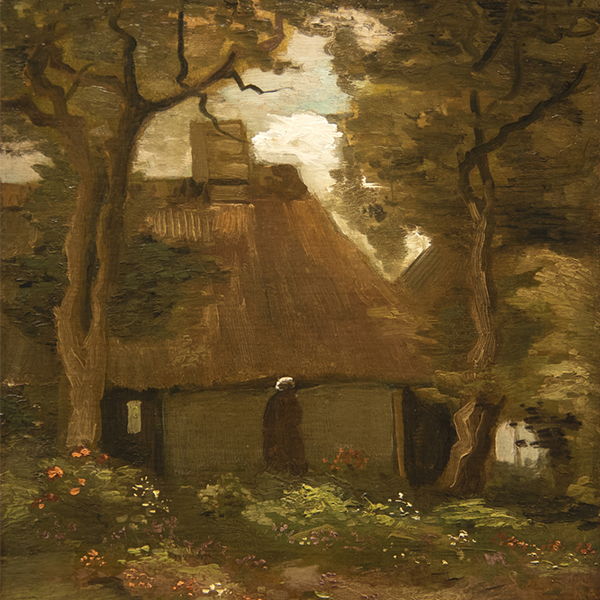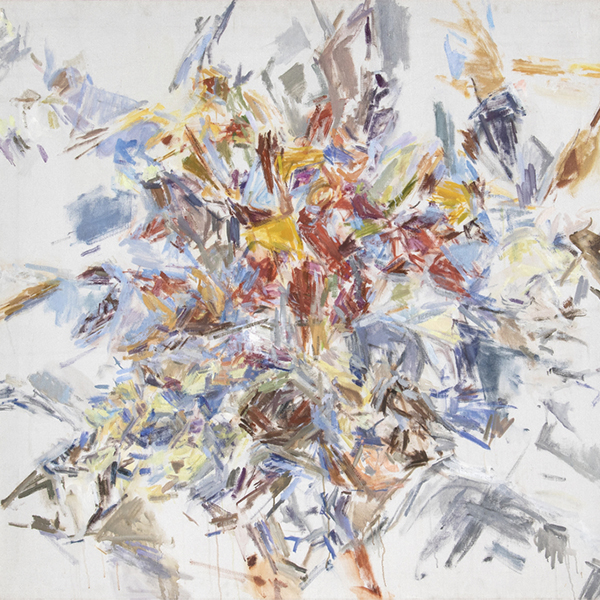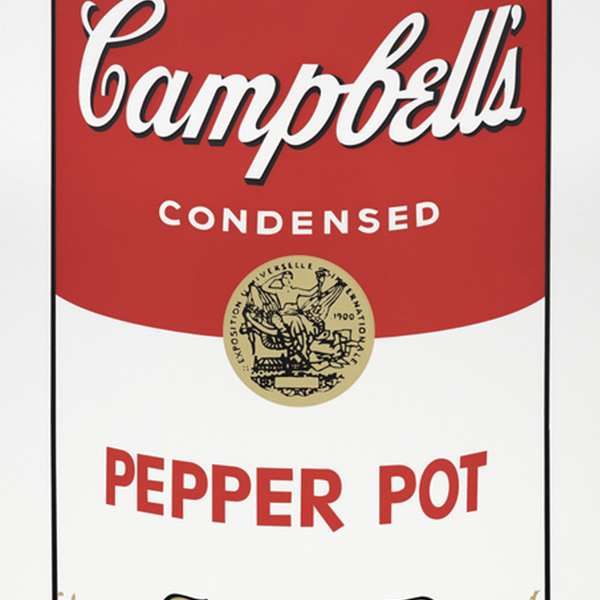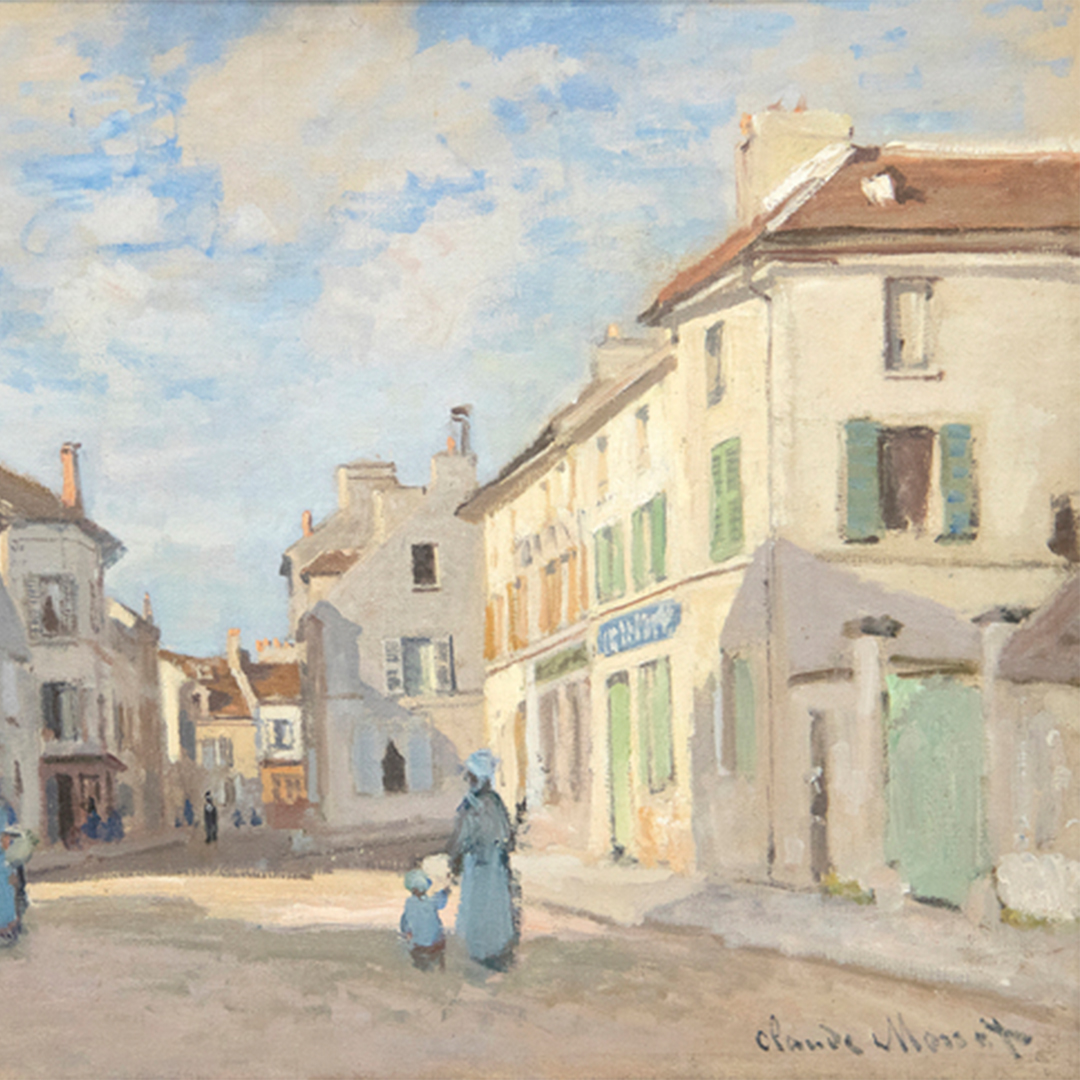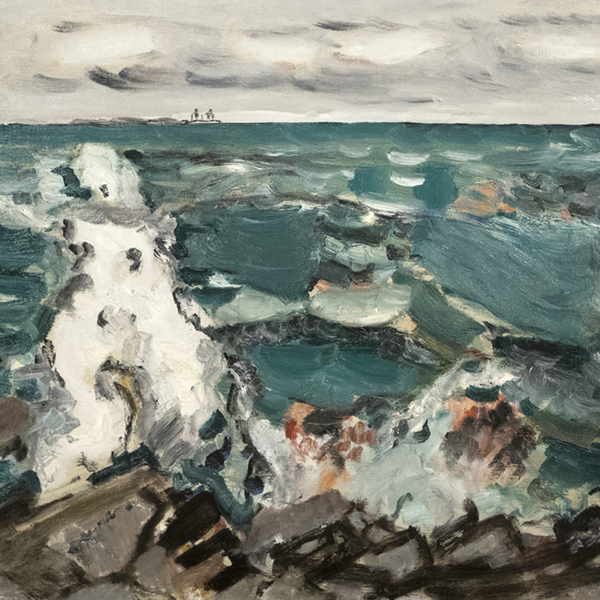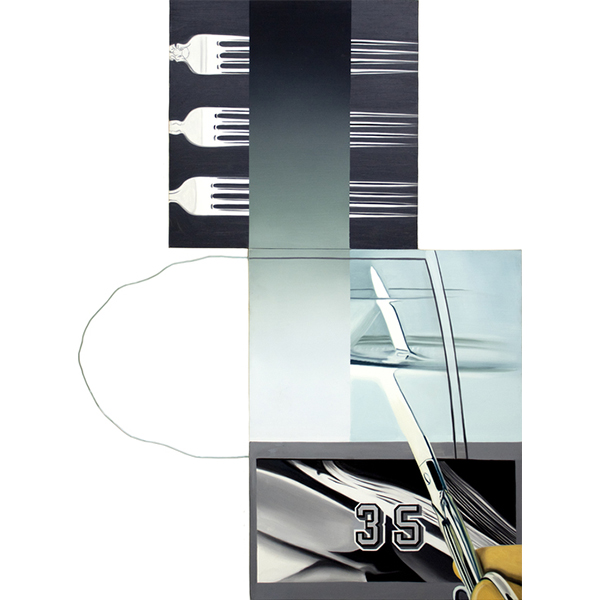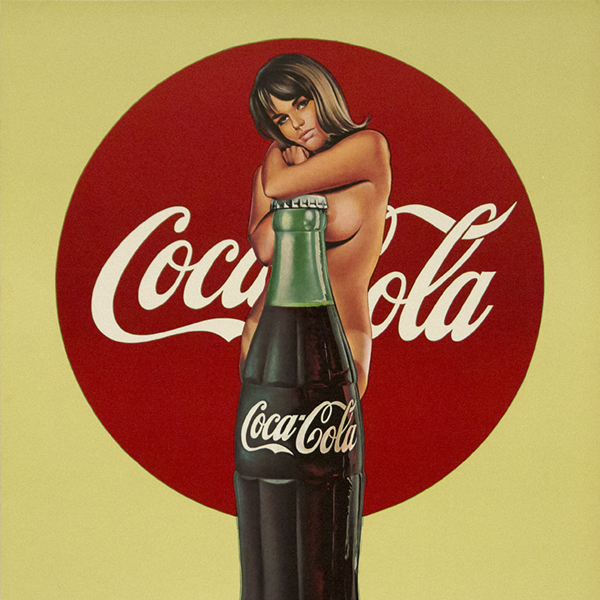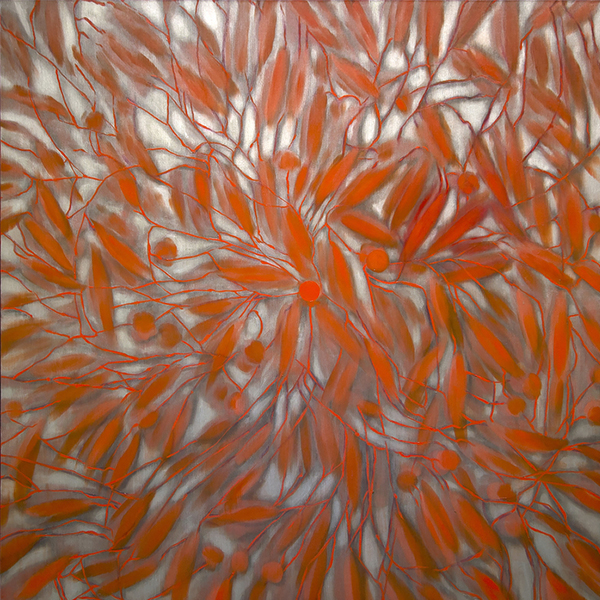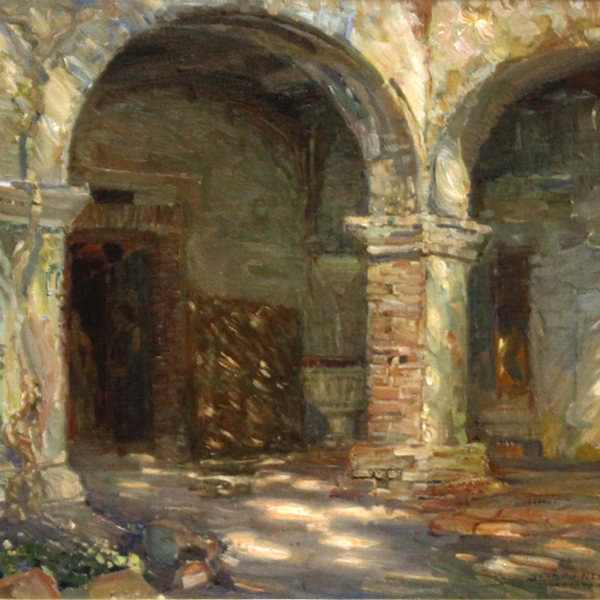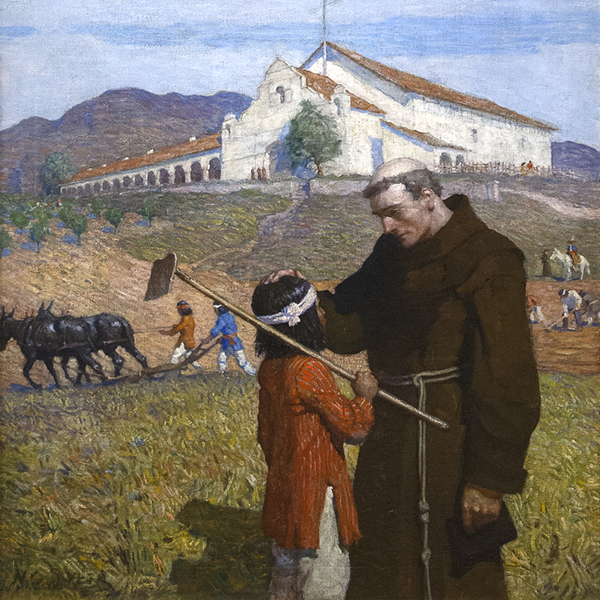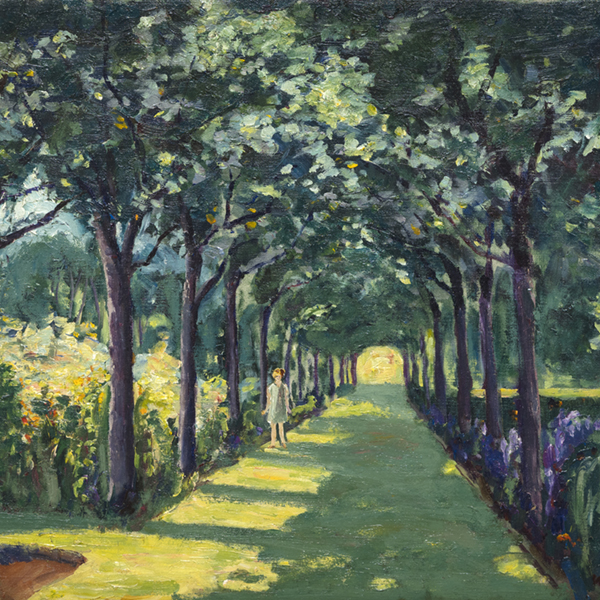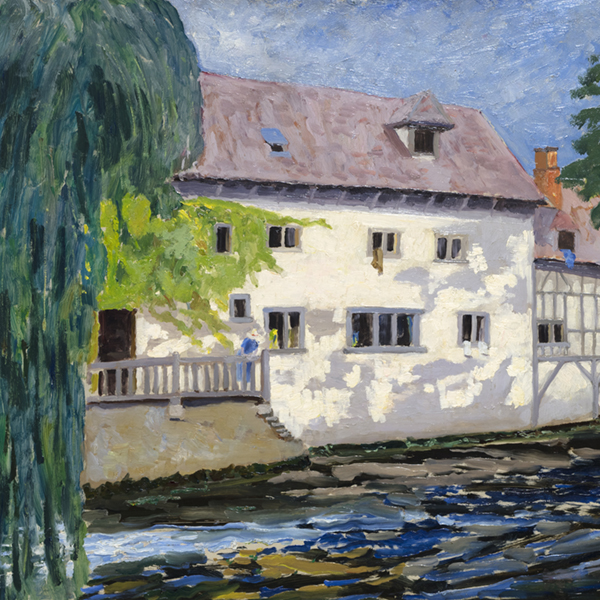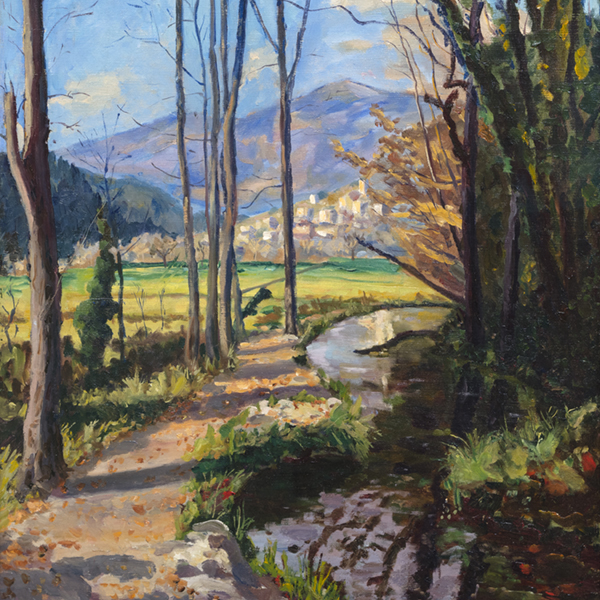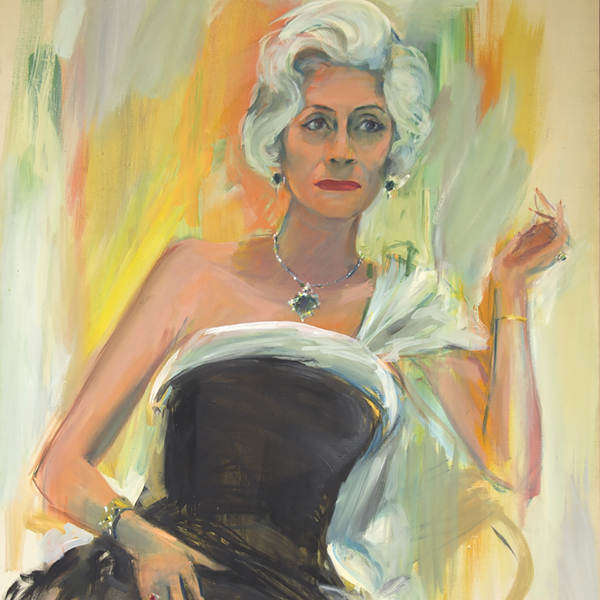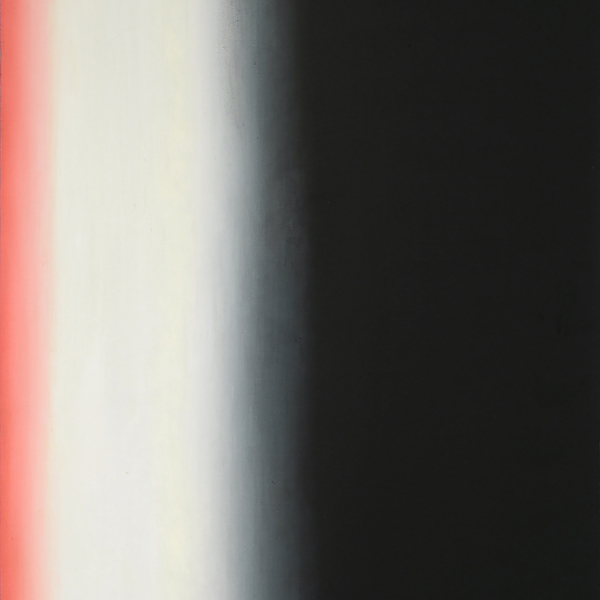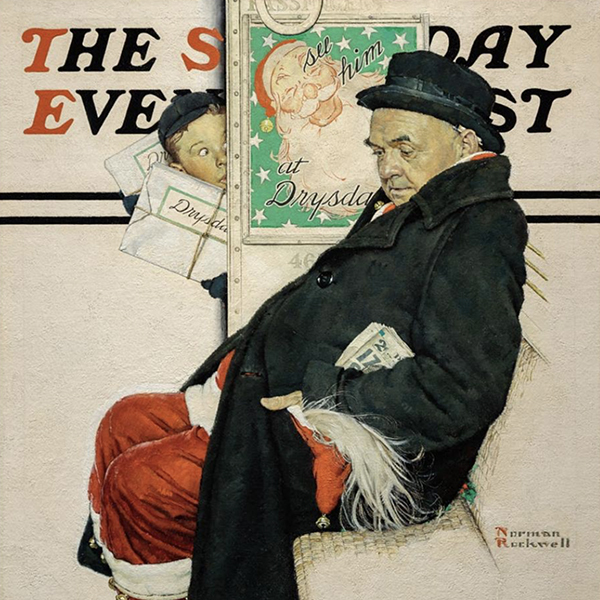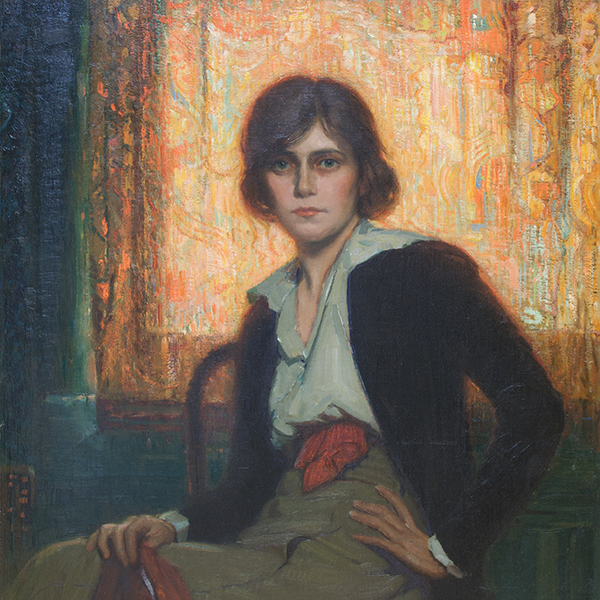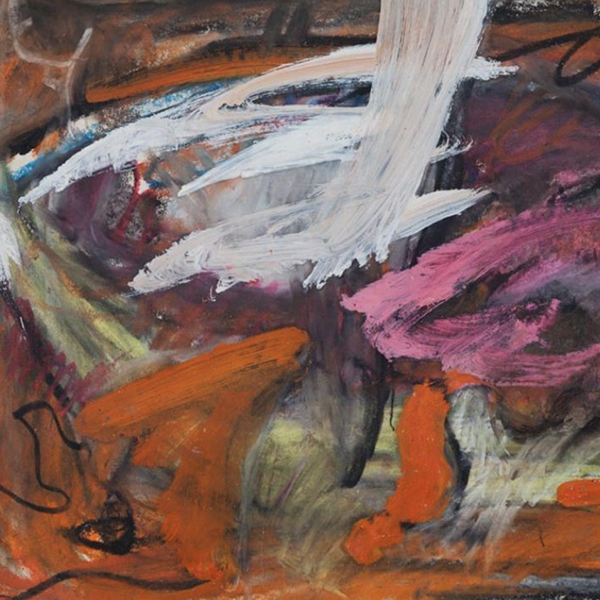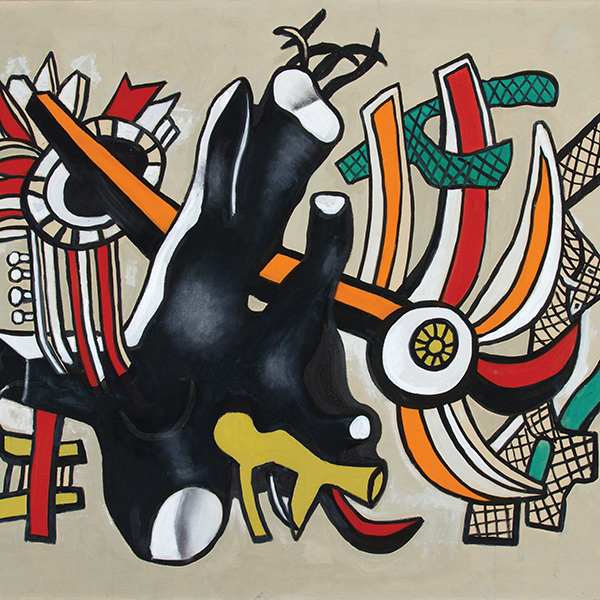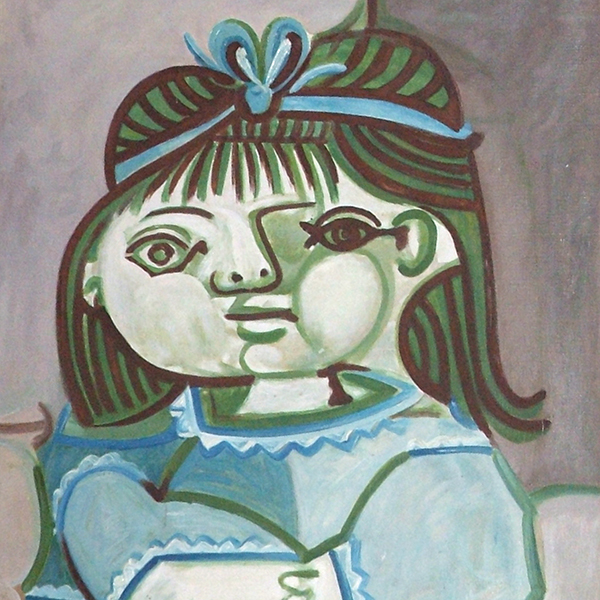Please contact the gallery for more information.
2024
2023
2022
2021
2020
2019
2018
2016
2015
2014
2011
2010
2009
Alfred Sisley and Claude Monet were the closest of friends. In Sisley’s final hours in January 1899, it was Monet he called to his bedside to entrust his children to his protection. Monet rushed to his side, and later, took charge of the sale of organizing the sale of works and gathered friends to present a Sisley painting to the Musée du Luxenbourg. Today, Sisley is indelibly linked to Monet with as much appreciation as his contemporaries concluded — that the quieter character of Sisley’s work deserved as much attention and praise. “Sisley is less bold, perhaps, than Monet; he treats us to fewer surprises, but he is never left high and dry, as Monet sometimes is, through trying to render effects so fleeting that there is no time to capture them…” (Theodore Duret, Les Peintre impressionnistes, Paris, 1878). It is a disservice to compare any painter’s working habits with Monet’s disciplined obsession with moment-by-moment transience. Yet a canvas such as Confluent de la Seine et du Loing demonstrates Sisley’s extraordinary ability to touch a state of delicacy, refinement and upbeat positivism that captures the qualities we find so endearing in Monet’s most beloved period of work at Argenteuil between 1872 and 1876. Sisley, his wife, and children had lived there with Monet and family in 1872 and had painted side-by-side on at least two occasions. Yet at that time, Sisley’s canvases displayed as much, or more devotion to Corot than the emerging qualities inherent in Impressionism.
Sisley made the area surrounding the small towns scattered along the banks of the Siene and the Loing his own beginning in 1880. They included Moret-sur-Loing, Saint-Mammès and Venux-Nadon. In 1882, at a time Monet lived at Verteuil, remained bereft over the death of his wife Camille and uncertain where to move next, Sisley entreated him join him here two hours southeast of Paris to explore what he called “a chocolate-box landscape…” (Monet would decline and instead claim Giverny as his new home the following spring of 1883.) Confluent de la Seine et du Loing is a view along the conjoined canal and river looking northwest toward the confluence of the Loing and Seine. One of the series of waterways which join Paris to Lyon, known as the Bourbonnais Route, these passageways were constructed in the early eighteenth century, and still carry barges of grain from the farms in central France. There was a particular charm to this locale and Sisley conveyed it to his dealer Durand-Ruel when he wrote that, “I have started work again. I have several canvases in hand of watersides.”
MoreTop Results at Auction




Comparable Paintings Sold at Auction

- Comparable in size and composition to “Confluent de la Seine et du Loing”
- Sisley moved to this region in 1880, and his most celebrated works from this period depict scenes along the Loing river
- The painting was acquired for the permanent collection of The Museum Berberini, Potsdam

- Comparable in size and composition to “Confluent de la Seine et du Loing”
- Sisley scenes of this location are found in museum collections worldwide
- Exemplifies how Sisley painted similar views with changing conditions of light and weather

- Another view of the Loing comparable in size to “Confluent de la Seine et du Loing”
- From the prestigious David Rockefeller collection before its sale in 2018

- A late fall/early winter scene of one of Sisley’s favored subjects, the Loing riverside
- Masterfully combines the natural elements of the landscape with the small village
Paintings in Museum Collections







